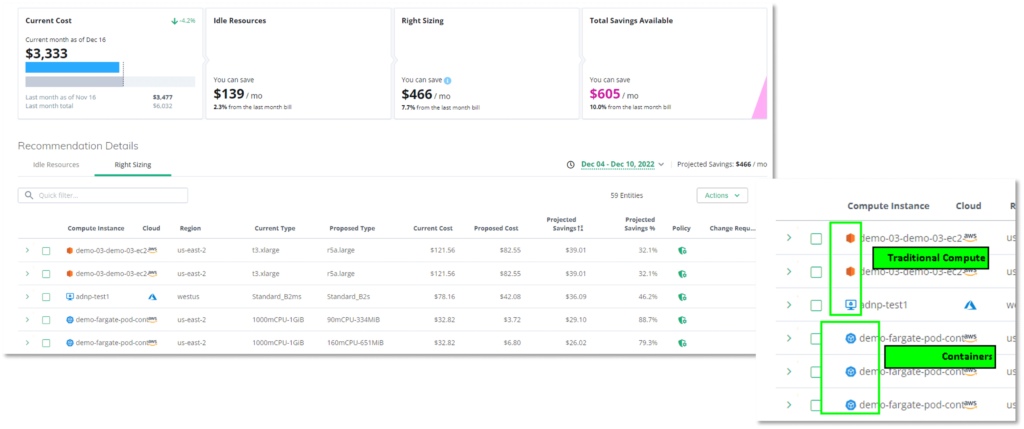Enterprises are increasingly adopting Kubernetes. In fact, Gartner estimates that by 2026 more than 90% of global organizations will be running containerized applications in production, an increase from fewer than 40% in 2020. And IDC reports that 80% of new workloads are being developed in containers.
The value of containers in a hybrid/multi-cloud strategy
Why the move to containers? They help organizations increase agility, flexibility, and scalability for mission-critical applications. This enables them to accelerate software development, scale deployment, and enable faster digital transformation. Because containers are not hindered by traditional architectures, they can:
- Consume resources more dynamically than a typical physical host, or even a VM.
- Run on premises and in public clouds, which facilitates “burst to the cloud” for capacity on demand, a model that has become increasingly important to address rapid and sometimes unpredictable growth.
- Run independently of cloud providers. The big three—AWS, Azure, and Google—all offer easy-to-consume container services.
Here at Virtana, we’ve undergone our own app modernization leveraging container technology. We transformed our Virtana Infrastructure Performance Management (IPM) on-premises application to a scale-out, container-based architecture with services distributed on Docker containers spread across multiple physical nodes. This provides us with hardware independence, which is particularly important given the current physical component supply chain limitations. It also gives us extreme scale potential in terms of number of nodes as well as the ability to share resources between on premises and the cloud.
With the benefits come challenges
Containers’ dynamic nature creates observability challenges
Containers and microservices, like those managed in Kubernetes, provide the required speed and agility to modernize applications successfully. However, their dynamic nature also has the potential for availability and performance concerns. They can spin up and down within seconds, which enables agility, but it also introduces several major challenges to observability. Most containers are short-lived; 22% live for less than 10 seconds, and 54% for less than five minutes. So, when it comes to containers, we need to think differently about monitoring. To ensure consistent application delivery, you need to measure the container layer and the interdependent components that microservices rely on. Measuring key indicators (errors, latency, throughput, saturation) of not only the container layer, but also the microservices’ interdependent components, is essential to understanding the overall state of application delivery.
Rapid scalability creates cost challenges
Public cloud Kubernetes offerings have been a significant facilitator of their overall adoption. While there is a huge opportunity to unlock development speed, flexibility, and operational efficiency by using containers in the cloud, many enterprises forget the basics of rightsizing and monitoring before and during development. This leads to exponential growth of cloud container resources without understanding whether those resources are being used efficiently. A lack of effective rightsizing and visibility into costs across multiple cloud vendors leads to huge end-of-month bills and unnecessary cloud spend.
Solving container challenges with Virtana Platform
With containers quickly becoming a key component of hybrid/multi-cloud infrastructures, organizations need to be able to solve these observability and cost challenges. That’s why we’ve unveiled a Kubernetes strategy to deliver container support across the full portfolio of Virtana Platform solutions. The first is container rightsizing recommendations, delivered alongside traditional compute rightsizing recommendations within the Cost Savings Opportunities dashboard in our Cost Management solution within the platform. With this new capability, customers can:
- Rightsize traditional compute and containers across multiple clouds in one tool.
- Tune sizing based on their organization’s risk tolerance with what-if analysis that includes CPU and memory.
- Automatically optimize instances with rightsizing recommendations.
- Adjust to real-time changes in cloud service provider offerings to optimize cost structures.
- Analyze performance metrics using open-source data collection.

Try Kubernetes rightsizing for yourself
Try Virtana Platform Cost Management with full feature access free for 14 days (no credit card required)! After the trial, continue to access complete features with a paid account or downgrade to a free account with a simplified summary of potential savings.

James Harper
Head of Product Marketing, Virtana




